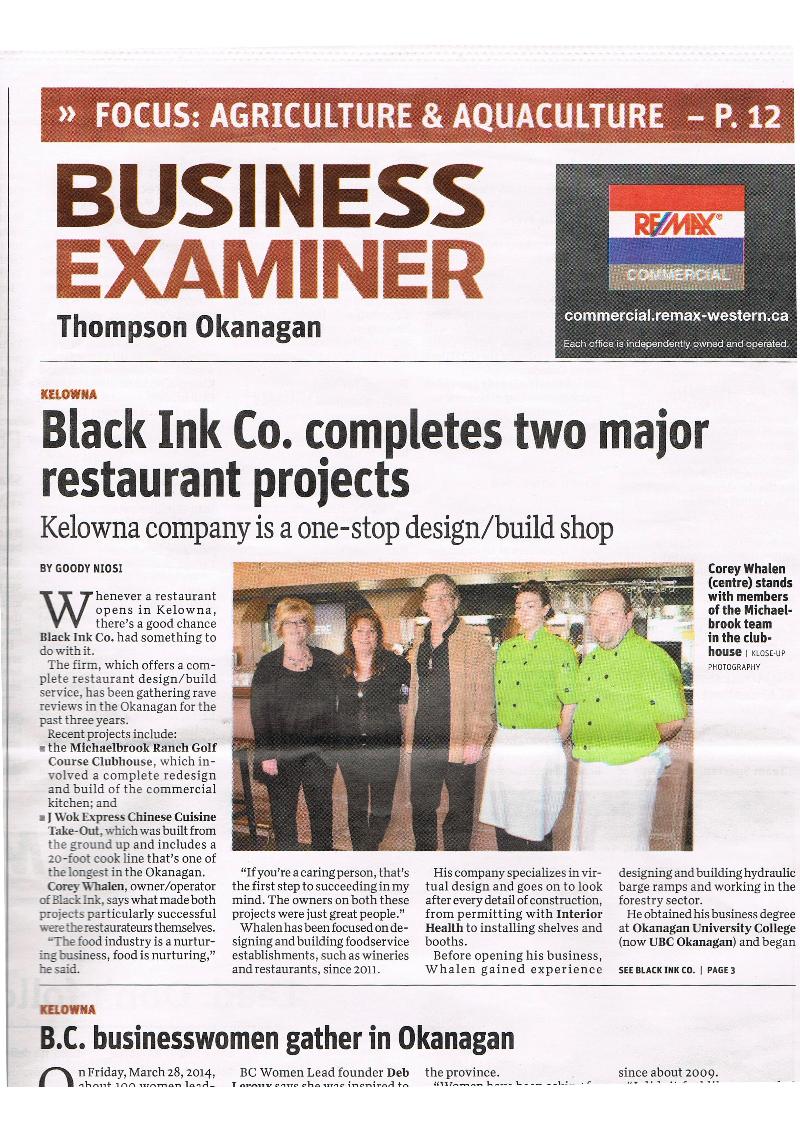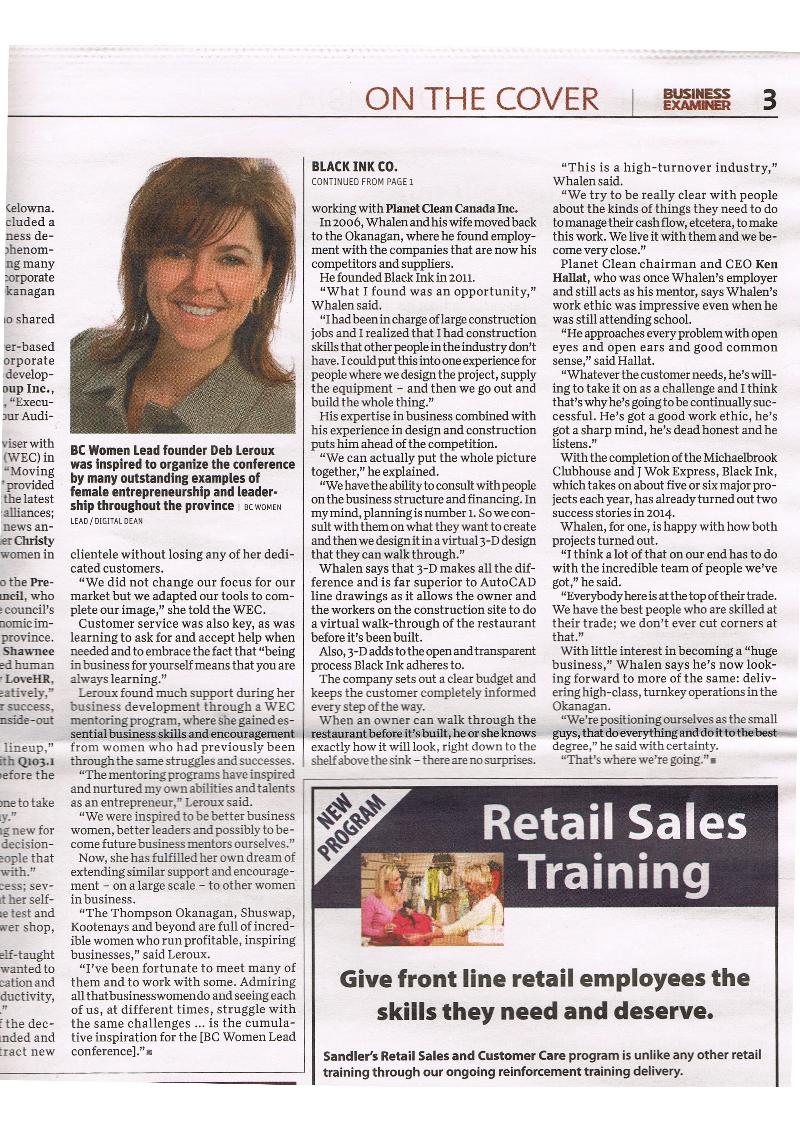Getting Your Restaurant Liquor License
Step 1 – Layout Plan and Occupancy Load
Obtaining a liquor license starts with a layout and seating plan for occupancy load. Occupancy limits are to ensure there is proper “egress”, or path(s) of escape that are not obstructed. In the case of a fire with limited visibility these principles are important and translate into a safe evacuation if done properly. This generally happens at the municipal level, where your city inspectors review your proposed layout. A sketch of your proposed signs must be provided with your approved occupancy load.
Step 2 – Determine the Correct License for You
Now that you have approved occupancy load with your city officials, you can move to the liquor license application process. In the foodservice and beverage business there are 3 main types of licenses, and you will need to choose the right one for you:
(I) Food Primary – for selling liquor by the glass at businesses (restaurants) where the primary purpose is to serve food
(II) Liquor Primary - for selling liquor by the glass at businesses (pubs, bars, lounges, nightclubs, etc.) where the primary purpose is to sell liquor. Private clubs require a liquor-primary club license.
(III) Wine Store License - for wine stores including winery-operated stores, independent wine stores, VQA stores and tourist wine stores.
There are other license types available, but these categories above cover most restaurants, bars, and wineries.
Step 3 – Determine Your Fees
Determining fees is pretty simple. There is a $475 application fee (2016), plus annual fees based on the amount you spend on liquor purchases from the liquor distribution branch. License renewal can be done online and will cost you a $200 penalty if you miss your deadline, so put it on your calendar.
Expect a month or so for this process to work itself through to finish. However, be prepared to wait up to 3 months depending on the volume of current applications. The BC Liquor Board (BCLB) processes over 4000 applications every year, so delays do happen.
Step 4 – Submit Your Application
Submit your application and supporting documents to the Liquor Control and Licensing Branch. This will include your application form and relevant legal business details. You will need to consent to a criminal record check when you submit your application.
Step 5 – Get familiar with the Liquor Control Licensing Act and Regulations
Your responsibilities as a Food Primary Licensee are important to know and understand. There is a lot to know and teach your servers, so request the “Guide for Liquor Licensees in BC” from the BCLB and keep a copy on location.
Step 6 – Schedule Site Inspection & Applicant Interview
Be sure you have consulted with local authorities for any regional input, and then schedule an interview and site inspection with the Liquor Control & Licensing Branch. Please note that if you wish to serve a full range of food and beverages at unlicensed events, then you will need to fill out the appropriate section of your Food Primary License Application for “Catering Endorsements”.
Tips for Success
Start with a proper layout plan from a qualified design contractor like Black Ink Co. and your journey to liquor license approval will be swift and trouble-free. Consulting with a known restaurant/bar/winery design and build contractor will ensure your liquor license application is a timely success.

